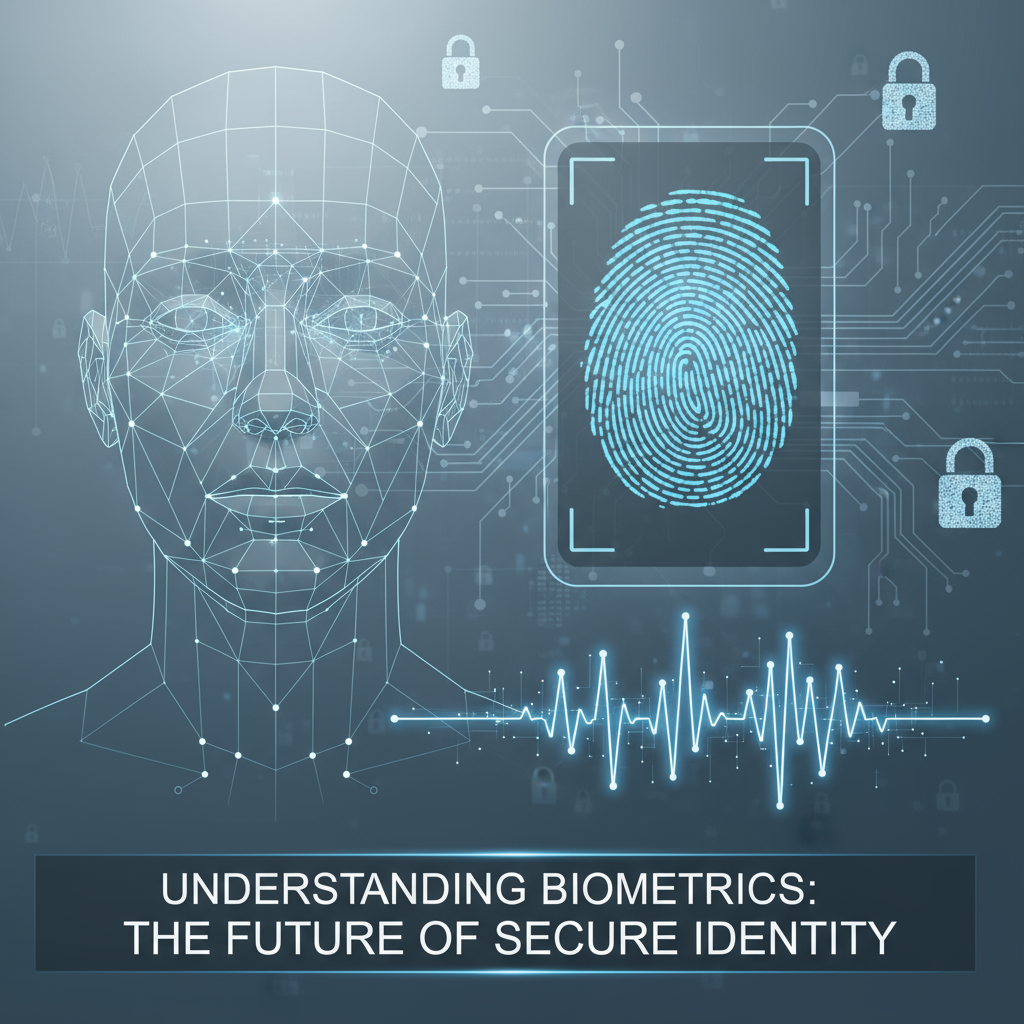Biometric identification has become essential in today’s world for security, law enforcement, and identity management. The Automated Fingerprint Identification System (AFIS) helped revolutionize these processes by focusing on fingerprint recognition. But as technology progresses, the Automated Biometric Identification System (ABIS) takes it further, using multiple biometric identifiers for more accuracy and efficiency. This blog will guide organizations on why and how to make the switch from AFIS to ABIS.
What is AFIS?
AFIS is a fingerprint-based system used widely for law enforcement, border control, and citizen identification. It works by matching fingerprint patterns against a database to verify identities. AFIS has been effective for decades and still handles millions of identifications daily. Yet, it only relies on fingerprints, which limits its scope and raises challenges in complex cases or when fingerprints are damaged or unavailable.
What is ABIS?
ABIS is the next generation biometric system that expands beyond fingerprints. It supports multiple biometric types such as facial recognition, iris scans, palm prints, and more. This multi-modal approach makes identification more reliable and adaptable to various scenarios, from criminal investigations to civil registry and border security. ABIS integrates seamlessly with different databases, supporting cross-agency collaboration.
Key Differences Between AFIS and ABIS
| Features | AFIS | ABIS |
| Biometrics Supported | Fingerprints only | Multiple: fingerprints, face, iris, palm |
| Use Case | Limited mostly to law enforcement | Law enforcement, border control, civil applications |
| Accuracy | High with fingerprints | Higher with combined biometrics |
| Integration | Limited interoperability | Broad system and database integration |
| Scalability | Moderate | Highly scalable for large databases |
Why Switch from AFIS to ABIS?
The world’s security landscape is rapidly evolving, and so are biometric technologies. ABIS offers several key advantages:
- Higher accuracy by using multiple biometric identifiers, reducing false positives and negatives.
- Broader applications across sectors, including public safety, border control, healthcare, and finance.
- Future-proof with the ability to incorporate new biometric technologies and AI enhancements.
- Enhanced interoperability, enabling better data sharing across agencies and jurisdictions.
Benefits of ABIS for Organizations
Switching to ABIS can transform how organizations manage identities:
- Faster identification and verification processes improve operational efficiency.
- Stronger fraud prevention through multiple biometric checks.
- Better adaptability to complex identification environments.
- Enhanced customer experience with quicker and more reliable authentication.
Challenges and Tips for Transitioning
Transitioning to ABIS requires careful planning. Challenges include integration complexity, upfront costs, training needs, and data privacy considerations. Here are some tips:
- Conduct a thorough assessment of existing systems and requirements.
- Choose ABIS vendors with proven interoperability and scalability.
- Implement phased rollouts with staff training on new workflows.
- Prioritize data security and ensure compliance with legal frameworks.
- Monitor system performance regularly and make continuous improvements.
Steps to Successfully Switch from AFIS to ABIS
- Evaluate your current AFIS capabilities and identify needs.
- Define clear objectives for switching to ABIS.
- Select a technology partner with comprehensive ABIS solutions.
- Plan and execute a phased migration strategy.
- Train staff and update policies to support the new system.
- Continuously monitor and optimize the ABIS performance.
Conclusion
Switching from AFIS to ABIS offers organizations a significant leap in accuracy, security, and operational efficiency. ABIS equips organizations with a future-ready biometric platform capable of handling complex identification challenges across multiple sectors. Embracing ABIS means stepping into a new era of identity management that benefits both organizations and the people they serve.
Stats to note:
- ABIS supports multiple biometric modalities, while AFIS is limited to fingerprints.
- The global fingerprint identification system market is projected to grow to over $45 billion by 2029.
- Organizations switching to ABIS experience faster identity verification and reduced fraud rates.
Tips for organizations:
- Start with a pilot project to assess ABIS benefits before full deployment.
- Ensure continuous training for staff on biometric technologies.
- Keep privacy and data security at the forefront to build public trust.
By upgrading to ABIS, organizations can secure their operations with more reliable, scalable, and versatile identity solutions, prepared for the challenges of tomorrow.




